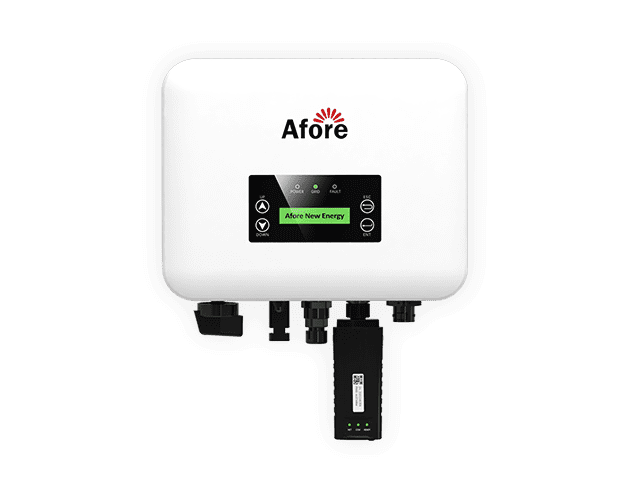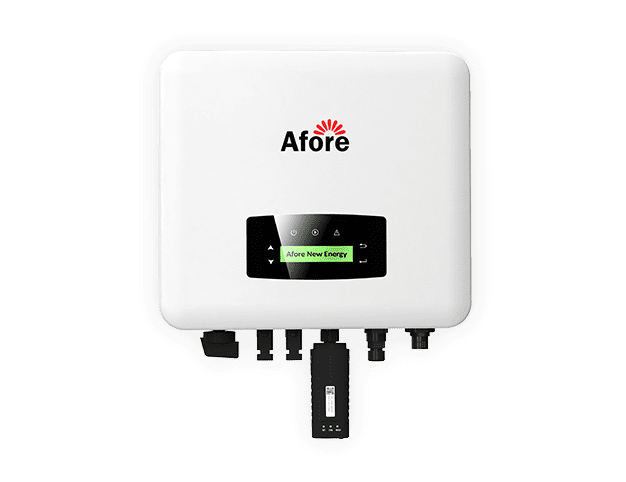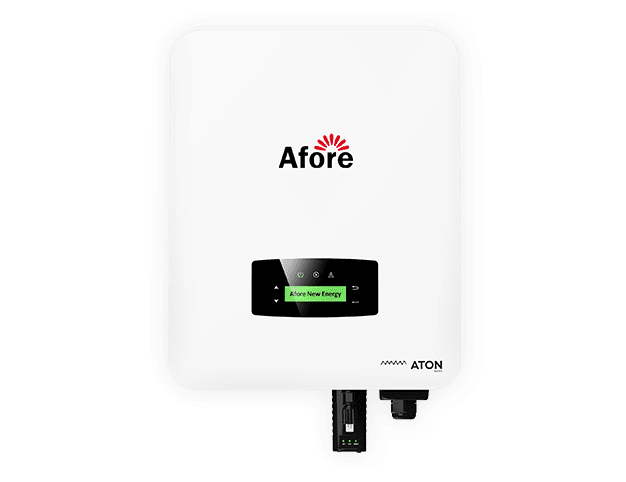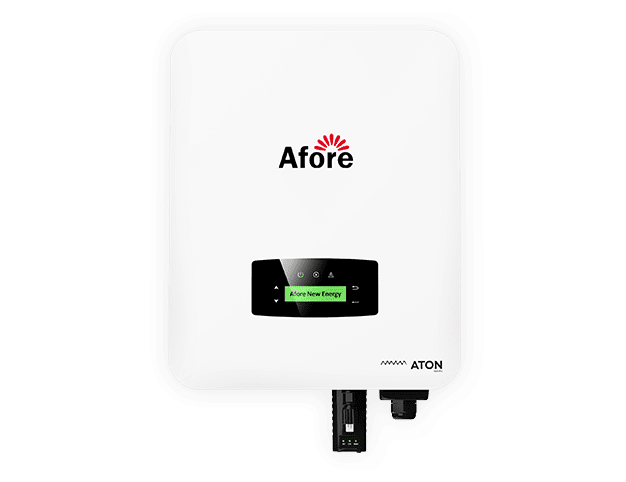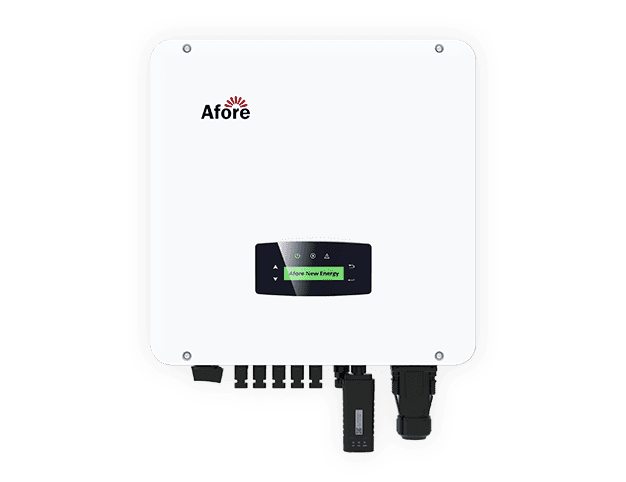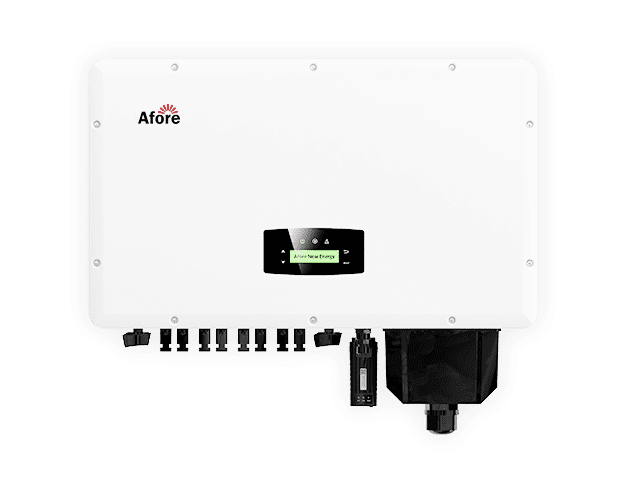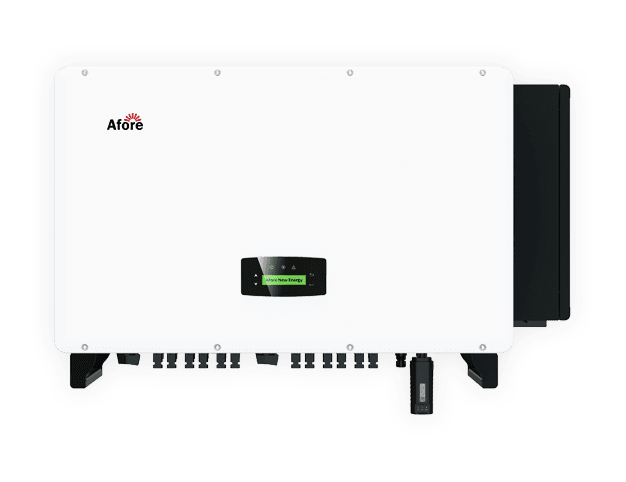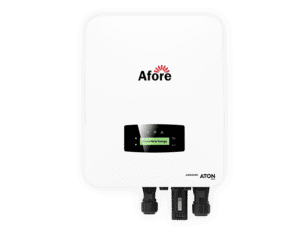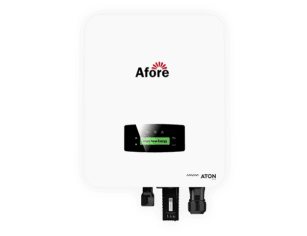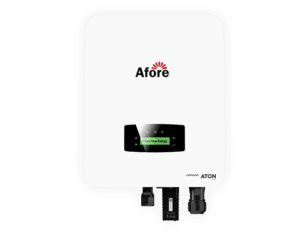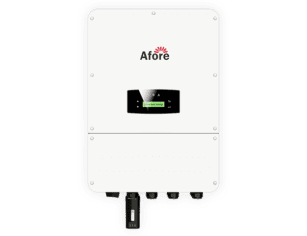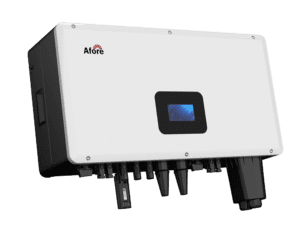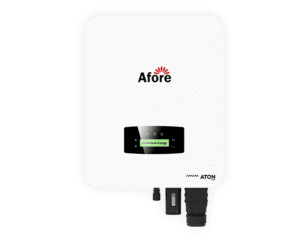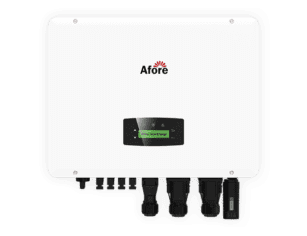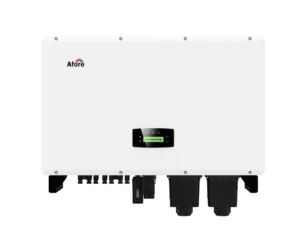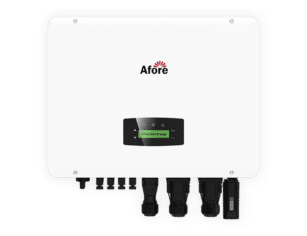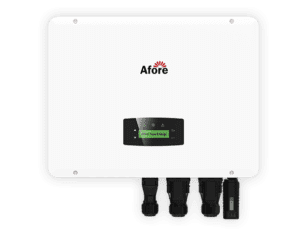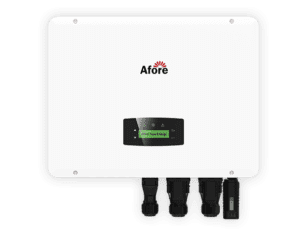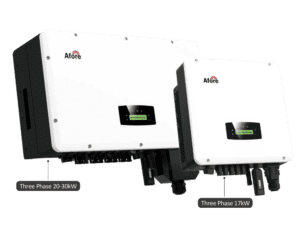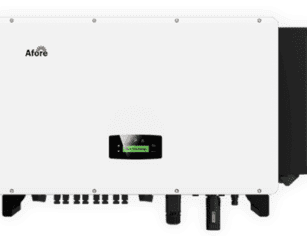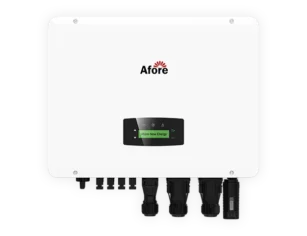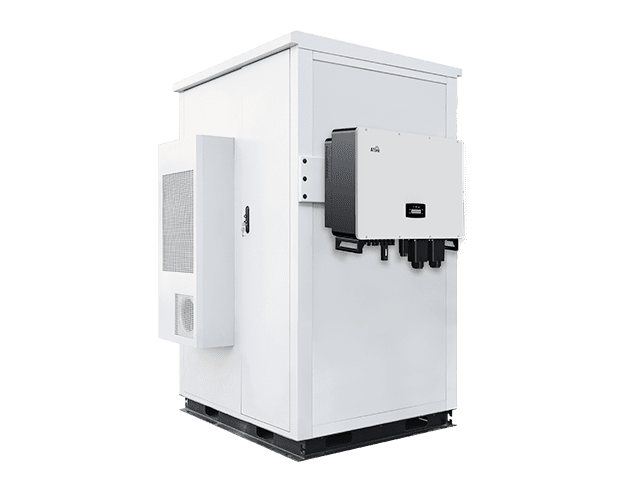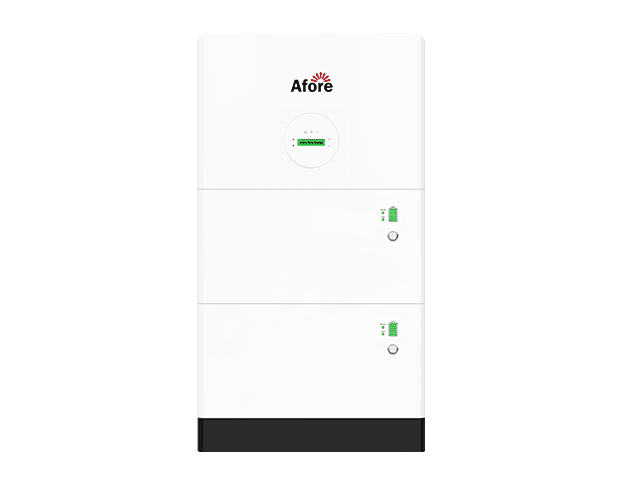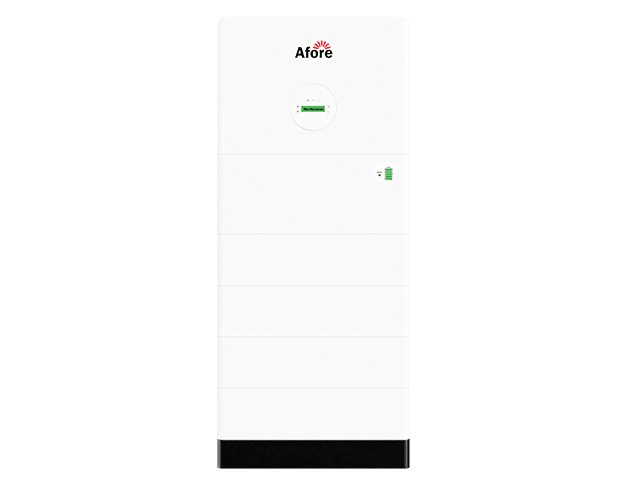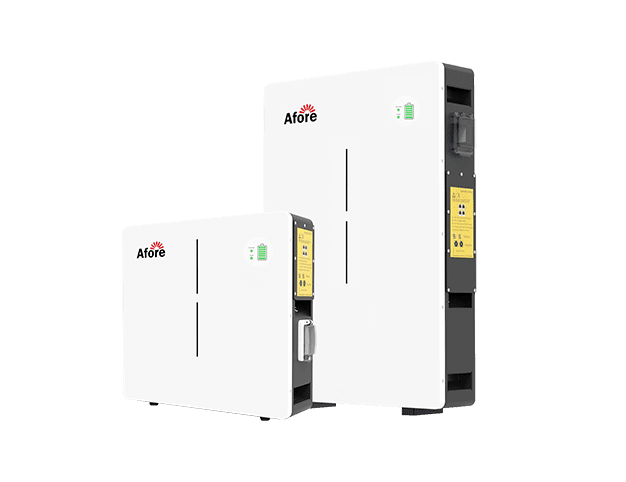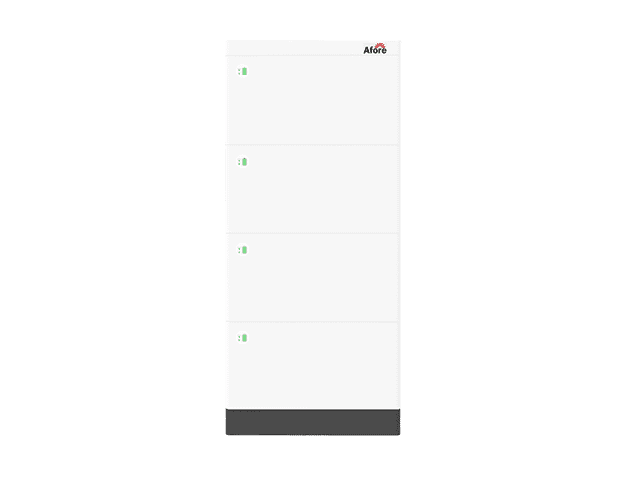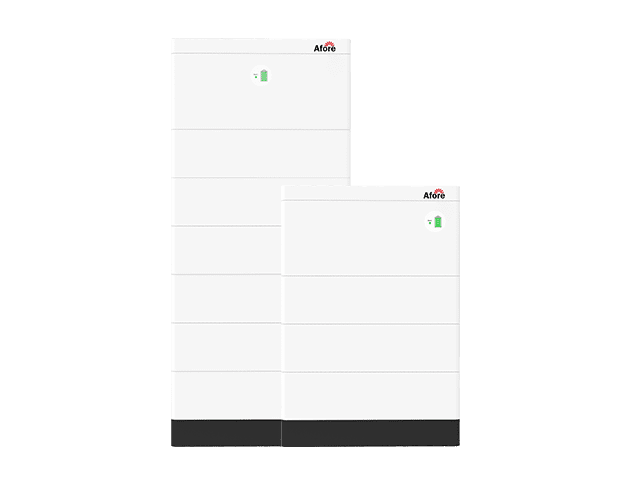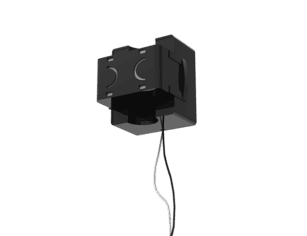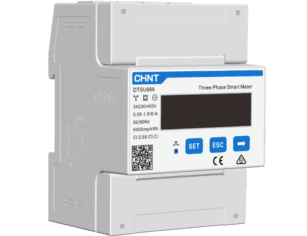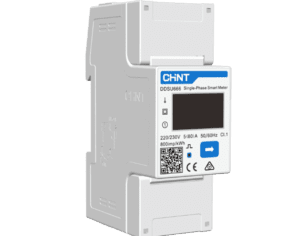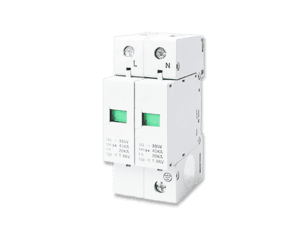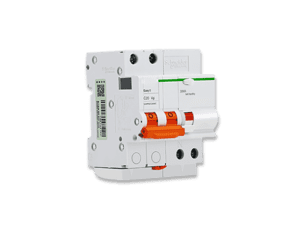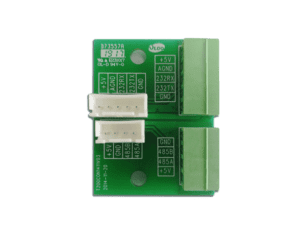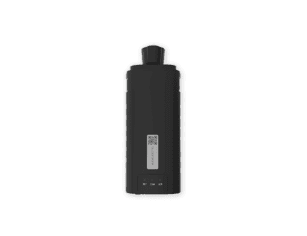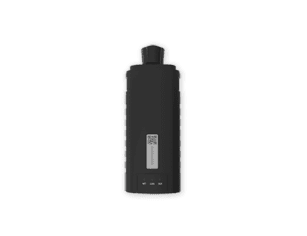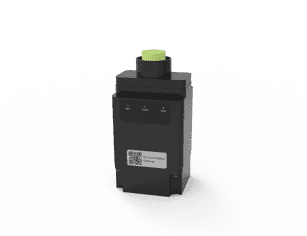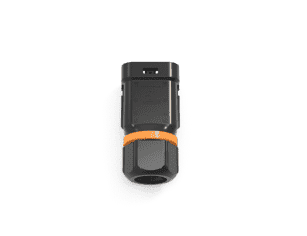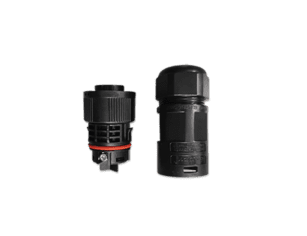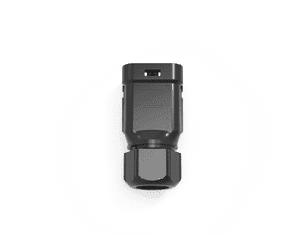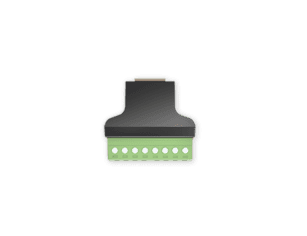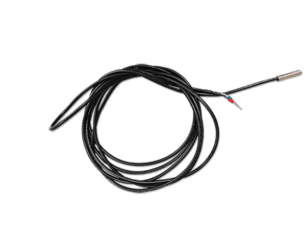Top Solar Inverter Brands: A Complete Guide to Choosing the Best Solar Inverter
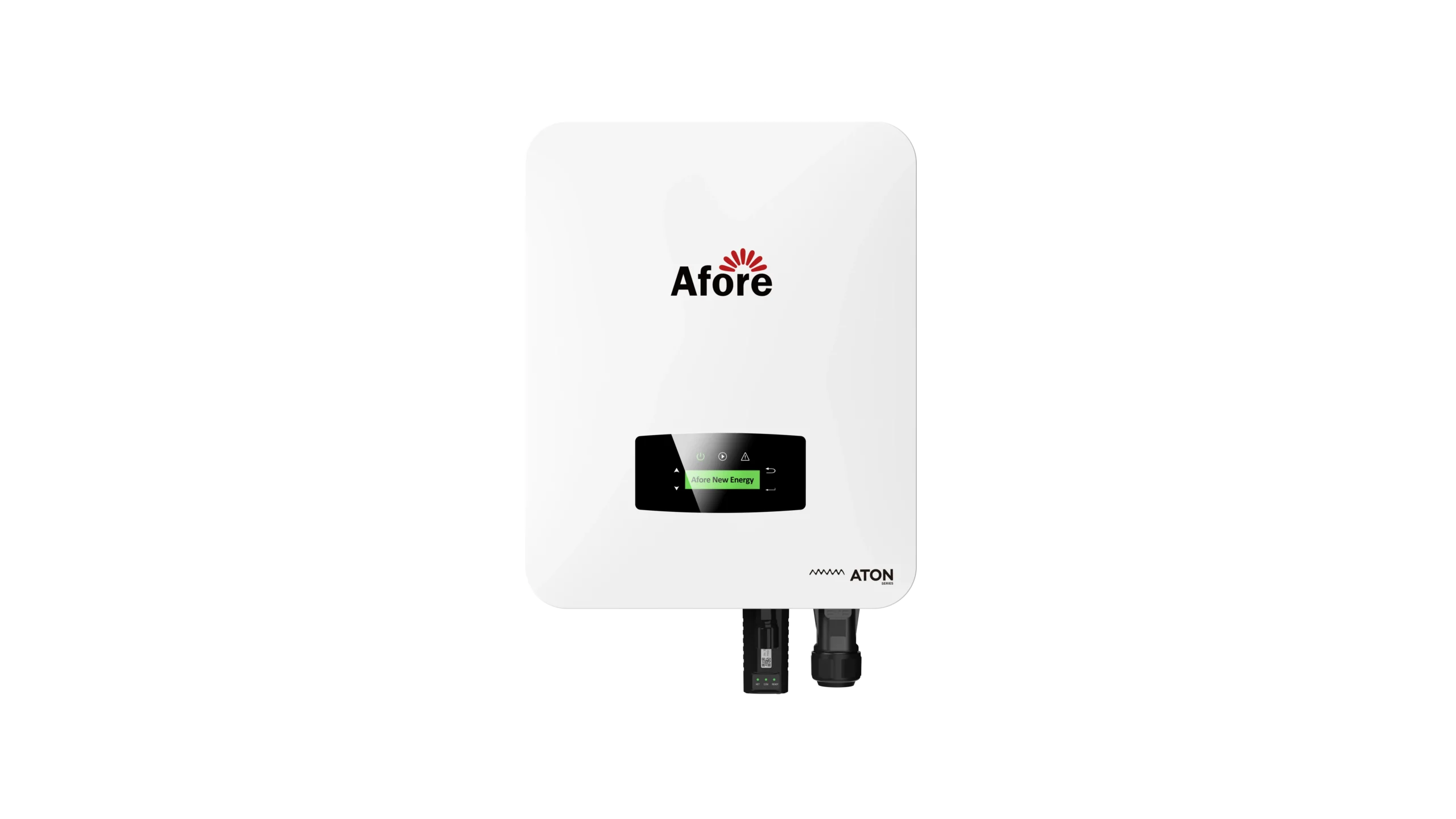
Table of Contents
Are you concerned about buying a high-quality solar inverter and want to find good solar inverter brands?
Don’t worry, today in this article we will introduce different but good solar inverter brands to you. Just keep scrolling and you can learn a lot about the solar inverter.
Solar Inverter Types
There are many different solar inverters available for solar and energy storage systems. We have listed here the four most common types used for rooftop solar.
String Solar Inverters
This review focuses on common “string” solar inverters, which are the most common type of solar inverter. These inverters are connected to solar panels that are connected in series. String inverters are the most common type of inverter used in the UK, Europe, Australia, & Asia, and are growing in popularity in the US, where micro inverters are very popular.

Hybrid Inverters
Hybrid inverters sometimes referred to as battery-ready inverters, are similar to string solar inverters but enable the direct connection of a battery storage system to allow greater self-sufficiency using solar. More than a few hybrid inverters can also provide basic backup power in the event of a power outage, but they are not usually designed for continuous off-grid use. Although hybrid inverters are more expensive, as hybrid inverter technology evolves and batteries become cheaper and more attractive, hybrid inverters are becoming more cost competitive with solar inverters. For more information, see our detailed review of hybrid and off-grid inverters.
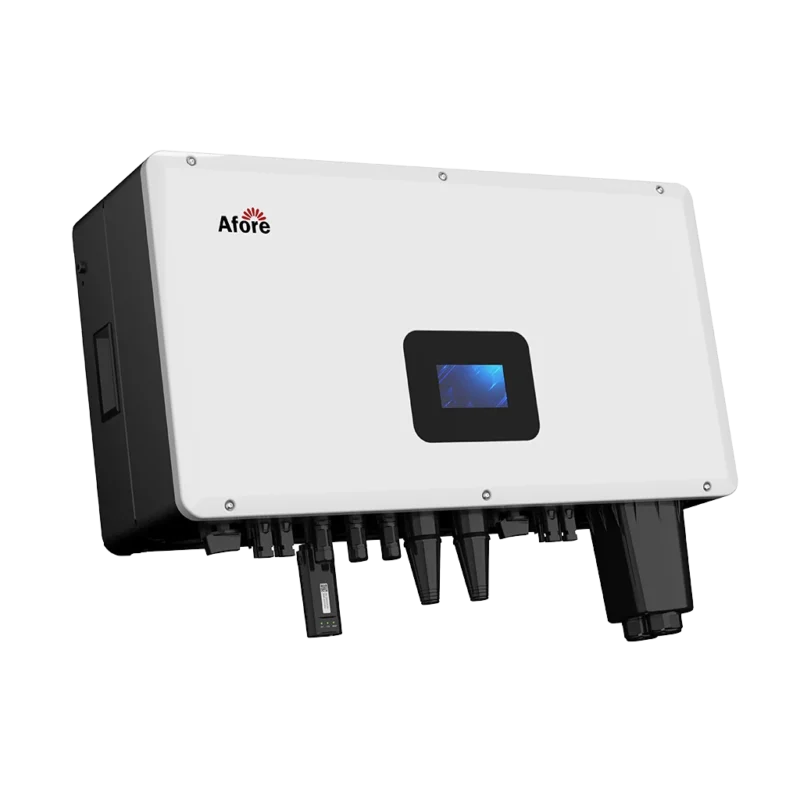
Off-grid Inverters
Off-grid or stand-alone power systems often require much more powerful battery inverters and built-in chargers that can be set up for AC or DC coupled solar systems. Modern flexible off-grid inverter chargers (also known as multi-mode inverters) can also be used to create advanced hybrid grid-tied systems. See the best off-grid solar systems review for more information.
Small-scale and DIY off-grid systems use simple MPPT solar charge controllers, also known as solar regulators. These are not inverters but DC solar battery chargers connected between the solar panel/s and battery to regulate the battery charging process and ensure the battery is charged correctly, or more importantly, not over-charged.
Micro Inverters
Micro inverters, also called micros, which are small solar inverters that connect straight to a single solar panel. Due to the fact that each micro inverter and solar panel operates independently, micro inverters are a good choice for complex roof layouts and shaded locations. Micro inverters have several advantages over string solar inverters and are therefore becoming increasingly popular worldwide.
Solar Inverter Function
The solar inverter can be the most complex portion of any grid-tied solar system. Unfortunately, it is also the most problematic part. It’s not surprising, since solar inverters are often install outside in harsh weather conditions, including rain, humidity, and heat, while also generating kilowatts of electricity for up to 10 hours a day. This is why it is important to use high-quality inverters and to install them as far away from the wind as possible.
Why Is It Important To Select The Right Inverter?
Solar inverters should be properly selected to avoid personal injury as well as mechanical and maintenance issues. Importantly, because an inverter is an electronic device, most OEM-installed electronic devices are designed, validated, and tested to SAE standards.
Inverters should be tested and certified to UL or CSA electrical code standards. The initial cost of an unapproved solar inverter may be low, but it can increase maintenance costs by reducing battery life, damaging AC equipment, and requiring additional maintenance. Poor quality inverters or improperly installed inverters can create safety hazards, including potential fires.
Good Inverter Brands
Fronius
Fronius manufactured its first solar inverter in 1994 and has since become one of the top solar inverter manufacturers across the globe. The Fronius solar inverter is different from other inverters due to the fact that it relies on a fan-based cooling system as opposed to the heat sink technology, which is common with other solar inverters. Fronius manufactures almost everything solar-related including solar panels and other PV system components.
Fronius solar inverters come with a 5-year warranty period and they also offer an extended warranty for solar inverter components. However, the Fronius solar inverter is bigger in size when compared to other solar inverters. Due to its fan-based cooling system, the Fronius solar inverter is quite noisy when starting and during shutdowns, which makes it unsuitable for residential premises.
Afore
Afore is one of the leading PV inverter manufacturers in China, with fourteen years of experience in R&D, manufacturing and sales of PV inverters. Since its establishment, Afore has always been committed to providing high-quality, high-performance PV inverters and system solutions for the global market.
Afore has a wide range of solar inverter series to cover a wide range of application scenarios from household, small commercial to large commercial and ground-mounted power plants. The products have a wide power range from 1-11kW single-phase to 3-110kW three-phase, meeting the needs of PV systems of different sizes. In addition, Afore also offers energy storage inverters and storage battery solutions which further enhance the flexibility and reliability of the system.
Afore solar inverters are designed with a balance of high performance and durability in mind. All models are manufactured with high quality materials to ensure long life and stability. Advanced heat dissipation technology and intelligent protection mechanisms, such as DC reverse protection, overcurrent voltage protection, and anti-islanding protection, are used inside the inverters to effectively guarantee the safe operation of the system. Meanwhile, Afore inverters are also equipped with touch buttons and various communication modules (e.g. GPRS, WiFi, wired Ethernet, etc.), which enable users to monitor the system status at anytime and anywhere and realize intelligent management.
Compared to other solar inverters on the market, Afore solar inverters excel in several ways. Firstly, Afore inverters adopt advanced MPPT (Maximum Power Point Tracking) technology, which is able to track the maximum power point of PV modules in real time and improve the system power generation efficiency. Secondly, Afore inverters are IP65 rated for stable operation in harsh environmental conditions. In addition, Afore also provides comprehensive after-sales service and technical support to ensure that users receive timely and effective help in the process of use.
It is worth noting that Afore solar inverters also excel in noise control. Unlike inverters that rely on fan cooling systems, Afore inverters utilize an advanced heat dissipation design that effectively reduces noise levels during operation, making them more suitable for installation in residential and other locations that require a quiet environment.
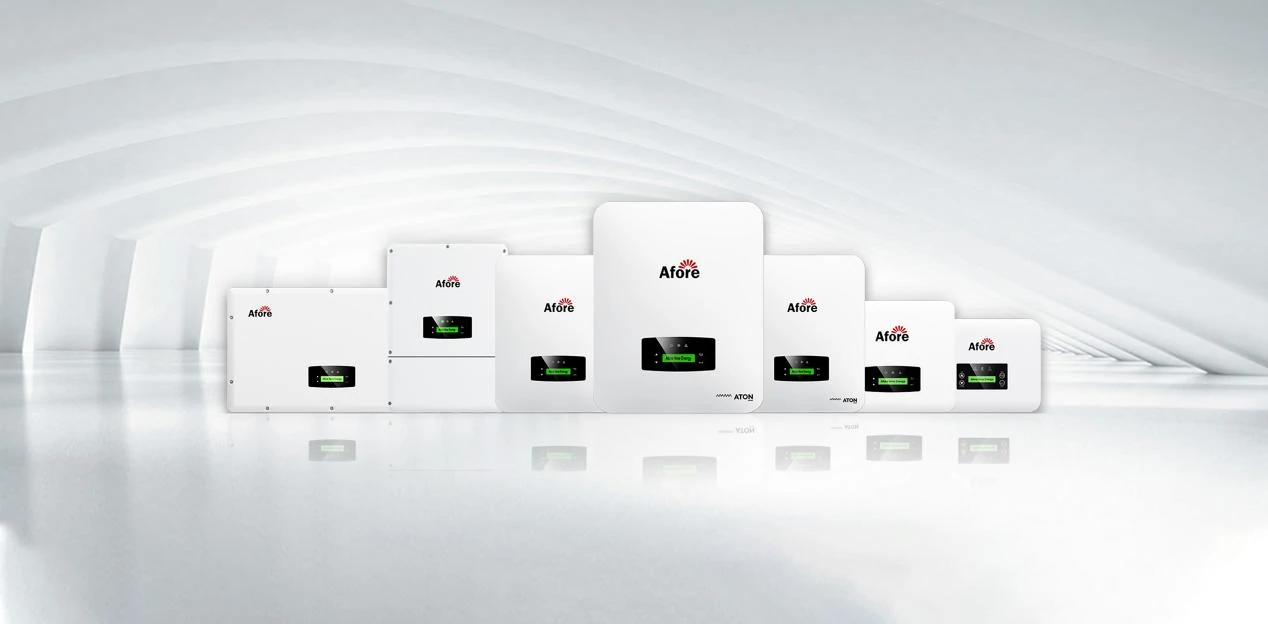
SolarEdge
For its intelligent solar inverters, SolarEdge is known for its products that are categorized into single-phase and three-phase solar inverters. The solar inverters from SolarEdge support everything from small rooftop installations to large, ultra-high-power installations. As a manufacturer of all solar products, SolarEdge produces everything from solar inverter modules to power optimizers and circuit breakers, and it in addition even has a monitoring platform that provides real-time performance monitoring.
They also have a StorEdge solution that stores unused PV energy to be used later on when there is insufficient solar energy. The Smart Energy solution enables home appliances to utilize solar energy to reduce electricity use, hence saving you money used to pay electricity bills.
SolaXPower
Solax Power is part of the Suntellite Group which is based in China and is a relatively new player in the solar inverters market. Solax manufactures solar panels, solar cells, and solar inverters. You can also get a wide range of solar components from the Solax brand. The Solax solar inverters are bigger in size compared to other brands of solar inverters but they are cost-friendly and still efficient and reliable, thus their slogan is ‘simple, reliable, efficient. The X-hybrid Solax solar inverter is one of the best solar inverters in the world, making the company one of the best solar inverter manufacturers in the world.
Fimer
Fimer started its first solar production in 2007 and has become the 4th largest solar inverter manufacturer in the world. Fimer inverters are branded as Fimer ABB Inverters and they plan on using this brand name for the next few years. Fimer’s residential solar inverter is highly efficient and the standards are up to 98%. Fimer inverters come with different warranty periods, for instance, the single-phase residential solar inverters come with a 10-year warranty while the three-phase residential ones come with a 5-year warranty.
LG Electronics
LG is a South Korean Korean company that was founded in 1958 as a manufacturer of electronic appliances. After conducting rigorous research on solar, Lg produced its first solar panel in 2009. Shortly after introducing itself as a solar manufacturer, LG commenced the construction of its 14-megawatt solar farm in South Korea. Since then, Lg has become a mass producer of solar panels for your solar power system and it is one of the top solar inverter manufacturers globally. LG solar inverters are one of the most widely used across the world because of their attention to quality and their 25 years of warranty period.
Questions To Ask When Selecting An Inverter
Inverter Sizing
When selecting an inverter, it is very important to know which electrical devices will be powered by the inverter. Some hand tools, small refrigerators, electric blankets, and fans may work fine with a modified square wave inverter. More sensitive equipment requires a true sine wave inverter.
Step 1: Determine the wattage of the AC device or devices to be powered by the inverter. 1OA x 120V = 1200W
Step 2: Simply add together the combined wattages of the individual devices to be powered by the inverter. This is the total wattage required.
Step 3: Add 20 percent additional wattage for the margin. Determine if the AC device will require any surge power for a startup.
Examples Of Wattage Requirements
• LED/LCD TV 100W • Electric Blanket – 150 watts
• Coffee Maker – 1250 watts during brewing – 200 Watts during warm cycle
• Satellite Receiver – 20 watts
• DVD/VCR- 50- 100 watts
• Iron- 1200 Watts
• 1/4-inch Drill – 300 Watts
• Electric Frying Pan – 1500 watts
• Microwave Oven – See note.
NOTE: Microwaves are typically rated by ”cooking power“ or output wattage. The actual wattage draw of the microwave will be substantially higher. A typical 600-watt microwave will draw up to 1100 watts.
Continuous Output Capability
Continuous output capability is the amount of sustained power the inverter can produce and over what time period. It is important to size the inverter for the power output that the intended AC loads required on a continuous basis and for any necessary start-up surge requirement.
Surge Power Or Peak Power Rating
Some loads require extra power to start (such as a motor or compressor). This surge requirement can be a multiple of the normal operating power. Select an inverter that will handle the increased startup load.
Duty Cycle
This pertains to how often the inverter is used: once daily, several times per day, only a few minutes at a time, continuous duty, etc. It is important to select an inverter where the duty cycle rating matches the user‘s requirements.
Efficiency
Inverters that operate at higher efficiencies will draw less current from the batteries and will run cooler as compared to a lower efficiency-rated inverter. Inverter efficiency ratings typically range from 75-90 percent.
Low-Voltage Alarm And Shutdown
Some inverters are allowed to operate to the point they completely drain the batteries and leave insufficient power to start the truck. Select an inverter with a low-battery voltage shutoff point of 11.8V DC or higher.
Cooling Capacity
Select an inverter that is designed with cooling characteristics to dissipate heat efficiently. An inverter that has been tested to UL 458 should meet the safety criteria.
Undervoltage/Overvoltage Protection
The normal SAE voltage operating range for a 12V DC system is 9V-16V. Select an inverter that will operate properly and not be damaged if the input voltage varies beyond the normal operating voltage range.
Parasitic Current Consumption
When an inverter is “on” but there is no AC load demand, the inverter is still drawing current. Even if the inverter has an automatic low voltage disconnect, the long sustained current draw may reduce the capability of the batteries to crank the engine.
Shore Power Compatibility
If you will occasionally be connecting to shore power, you must have an inverter with a transfer switch, either external to the inverter or integrated into the inverter box. When the truck is connected to shore power, shore power supplies power to the AC outlets without using battery power.
GFCI (Ground Fault Circuit Interrupt)
Protection Either an Inverter with GFCI protection or a distribution system with GFCI protection is recommended and required by UL458.
Inverter/Chargers
An inverter/ charger is an inverter with an integrated battery charger. The battery charger charges the batteries when the inverter is connected to shore power, connected to a generator, or any other AC power source.
Vibration Protection
An inverter should be designed for the work environment. Connections should be made directly to the batteries (through a fuse). Cables and connections are subject to high current flow, vibration, shock, and temperature cycling. Connections that loosen over time can result in overheating of the connection and possible thermal damage, including fire.
Where Should An Inverter Be Located?
Many solar inverters can be safely installed outdoors as almost all solar inverters meet all-weather standards. Like any electrical device, however, solar inverters should be installed in a protected or shaded area to avoid extreme weather and large changes in temperature, which can reduce performance and longevity. It is possible to extend the life of a solar inverter by installing it in a garage, under a carport, or in a place where the sun does not shine. The most important thing to remember is that you should always avoid placing the inverter in the hot afternoon sun. Install a sunshield will help extend the life of the inverter if direct sunlight cannot be avoided.
Solar panels can also develop problems or suffer from excessive degradation over time which can result in poor performance. However, unlike a faulty inverter, degradation of solar panels will generally not result in a complete system shutdown, that being said, we do recommend using only reputable solar panel brands from a reliable installer. With this in mind, it is worthwhile paying the additional cost for a quality inverter brand and one which has been in good business standing for 5+ years and with extended warranties if available.
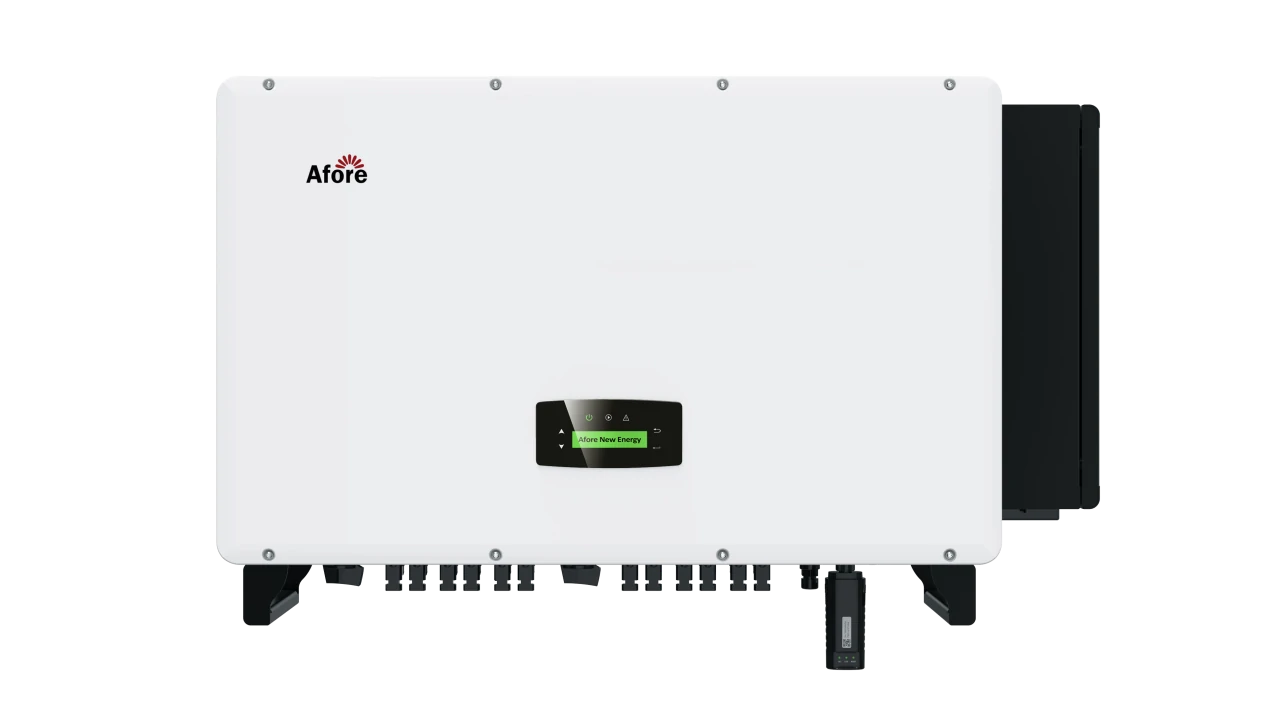
Conclusion
Solar inverters are particularly important as they are the component of a solar power system that converts DC power to electricity. Solar inverters typically have a lifespan of up to twelve years, and you may only need to replace your inverter at least once during the entire lifespan of your solar panels.
It is a difficult but very important task to choose a good brand of inverter. Thus, you should consider carefully when deciding to buy a solar inverter.




